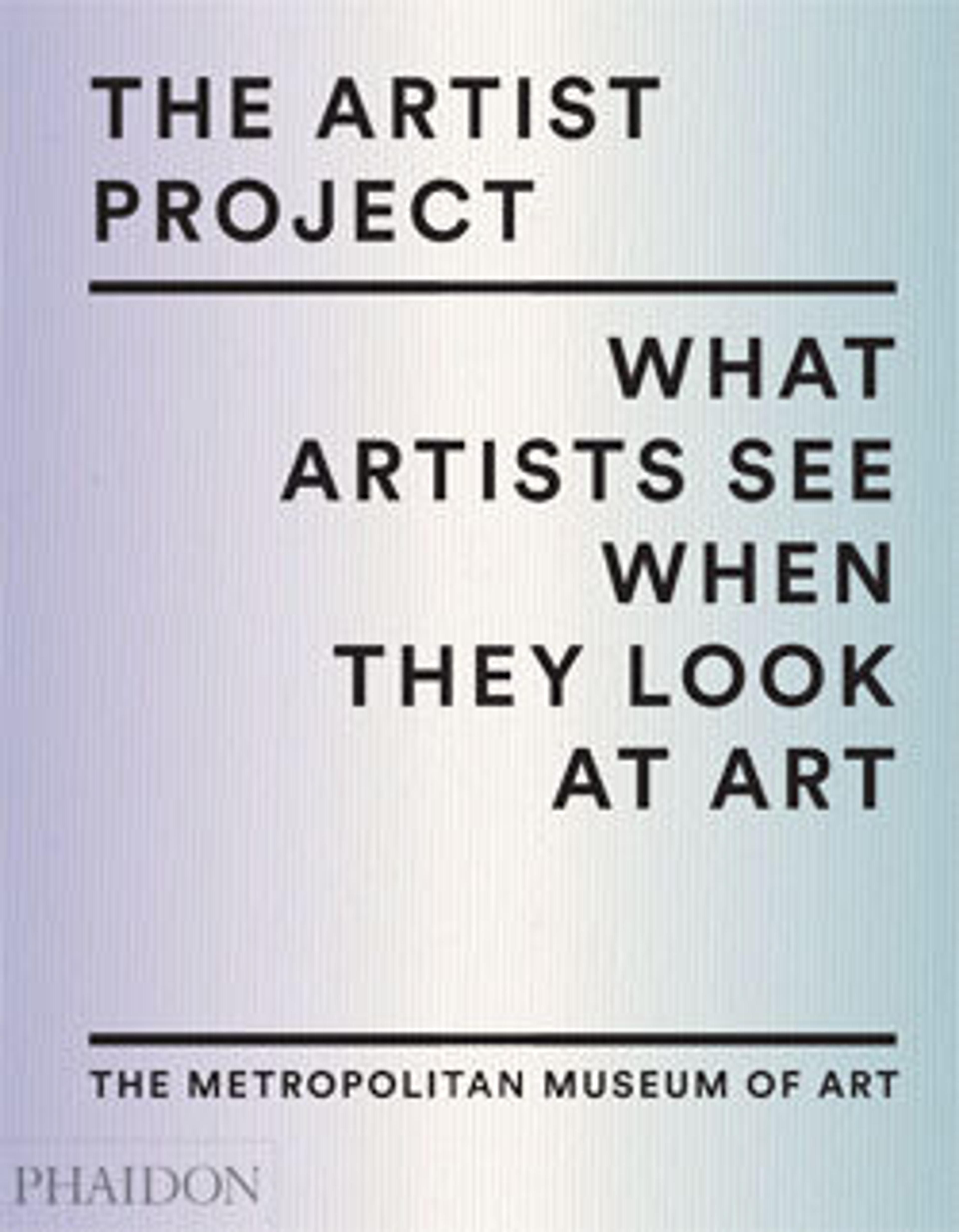Government Bureau
While Tooker’s paintings typically convey his passionate desire for social harmony and justice, Government Bureau represents a darker, more pessimistic dimension of his art. The work takes the viewer inside a cold, starkly lit interior filled with anonymous bodies and cubicles. Eerily, the circular windows in the cubicle walls reveal nothing but the tired, sad eyes of government employees staring blankly. The scene’s unsettling remoteness is accentuated by Tooker’s fine and detailed technique, rooted in Italian Renaissance egg-tempera painting.
Artwork Details
- Title:Government Bureau
- Artist:George Tooker (American, Brooklyn, New York 1920–2011 Hartland, Vermont)
- Date:1956
- Medium:Egg tempera on wood
- Dimensions:19 5/8 × 29 5/8 in. (49.8 × 75.2 cm)
- Classification:Paintings
- Credit Line:George A. Hearn Fund, 1956
- Object Number:56.78
- Curatorial Department: Modern and Contemporary Art
More Artwork
Research Resources
The Met provides unparalleled resources for research and welcomes an international community of students and scholars. The Met's Open Access API is where creators and researchers can connect to the The Met collection. Open Access data and public domain images are available for unrestricted commercial and noncommercial use without permission or fee.
To request images under copyright and other restrictions, please use this Image Request form.
Feedback
We continue to research and examine historical and cultural context for objects in The Met collection. If you have comments or questions about this object record, please contact us using the form below. The Museum looks forward to receiving your comments.
